Number Patterns Teaching Resources
Explore number patterns in your maths classes this school year with fun worksheets, games and more teacher resources created to help your students understand how numbers in a sequence relate to one another.
Aligned with the Australian Version 9.0 maths standards, the printable and digital activities in this collection were created by the maths teachers on the Teach Starter team to help you save time on your lesson plans.
Whether this is your first year teaching about number patterns or you're just looking for a little extra help, we've got you covered. Read on for a primer from our teacher team! We explain what number patterns are so you can share with your class, plus we explore three common patterns.
What Are Number Patterns? A Kid-Friendly Definition
A number pattern is a series of numbers that each follow the same rule. These patterns or sequences can help us find missing numbers or identify what number will come next in a series.
For example, let's say you are given the following list of numbers:
- 4, 8, 12, 16, 20, 24
This is an example of a number pattern in which the next number in the series is 4 more than the previous number. Once you can identify the pattern in a series of numbers like this one, you can then use that pattern to determine what number comes next or even what numbers could have come before the list began.
This is one of the many reasons number patterns are an important part of building our students' algebraic reasoning skills. They help kids understand how numbers can be related to one another and apply what they know about those relationships to solve problems.

3 Common Types of Number Patterns
We can't talk about number patterns without breaking down the different types your students are going to encounter in their maths journey!
Linear Patterns
Linear patterns are number patterns in which the numbers increase or decrease by the same amount each time.
The example used above — in which each number in the series increased by a quantity of 4 — is a simple example of a linear pattern.
Geometric Number Patterns
Another type of pattern students may have to contend with is the geometric number pattern. This type involves numbers that are multiplied or divided by a constant factor.
The multiplication table is an example of a geometric number pattern.
Recursive Patterns
Students will have to make full use of their understanding of the four whole number operations to work with recursive patterns. That's because this pattern involves finding each successive number in the sequence by performing a specific operation on the previous number(s).
- Plus Plan
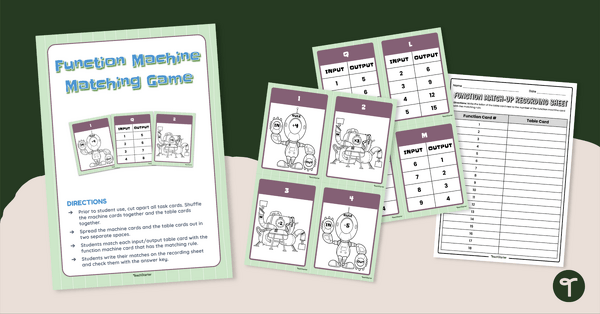
Function Machine Matching Game
Match input/output tables to their rules in this function machine game with an engaging robot theme.
- Plus Plan
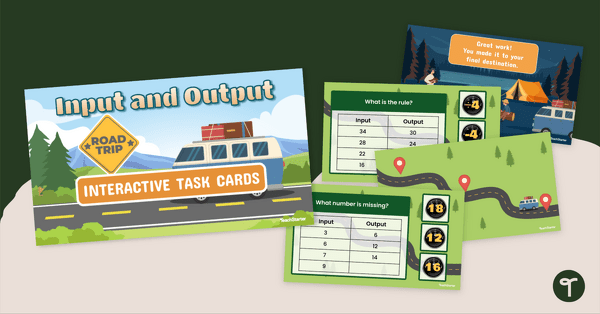
Function Machine Interactive Game
Share this function machine interactive game with your students, providing them a fun way to practise identifying and continuing number patterns.
- Free Plan
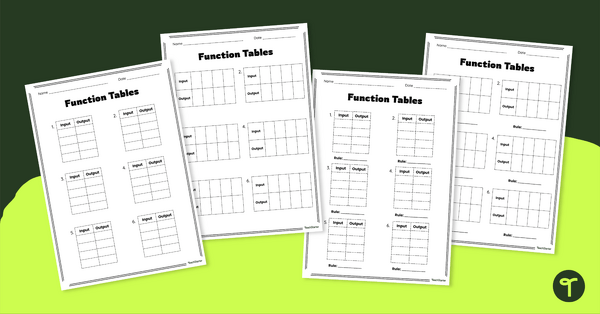
Blank Function Table Template
Grab this function table template set to create a wide variety of input/output activities that will have your students thinking algebraically.
- Plus Plan
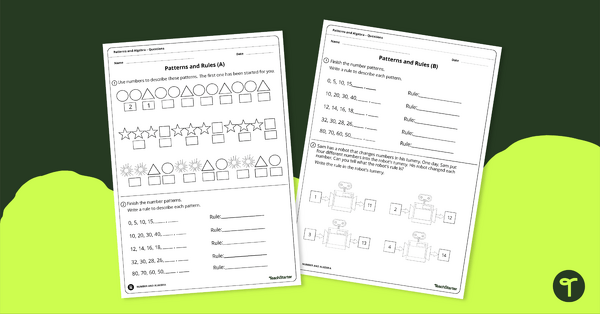
Number Patterns Year 1 Worksheet Set
Share this number patterns year 1 worksheet set with your students to introduce them to early concepts of algebra.
- Plus Plan
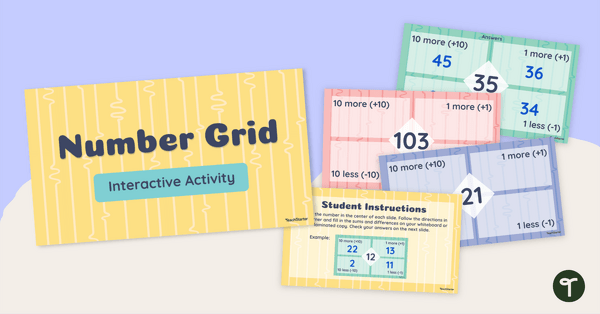
Number Grid Interactive Activity
Share this number grid interactive activity with your students to give them practice adding and subtracting ten and one from a given number.
- Plus Plan
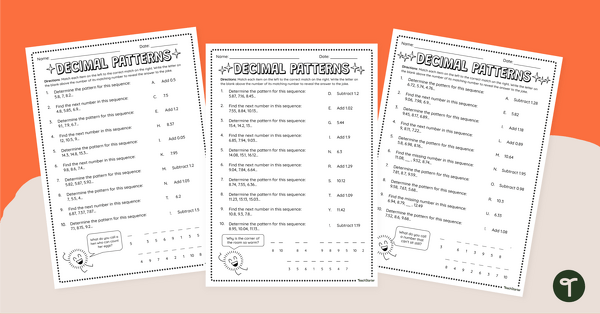
Decimal Number Patterns – Differentiated Worksheets
Practise determining a pattern and next value in a numerical sequence of decimals to the hundredths place.
- Plus Plan
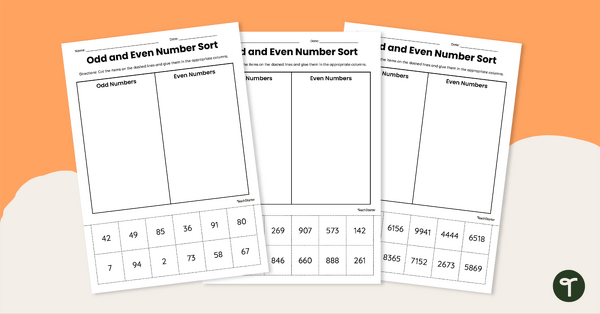
Odd and Even Cut-and-Paste Worksheet
Engage students in practising their knowledge of odd and even numbers with these simple cut-and-paste worksheets.
- Free Plan

Divisible by 2 Maze Worksheets
Help students practise determining if a number is divisible by 2 with this fun set of maze worksheets.
- Plus Plan
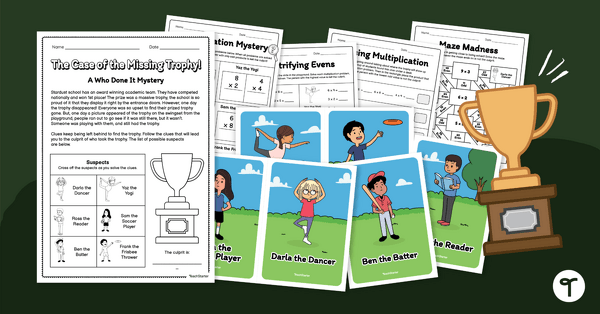
The Case of the Missing Trophy Mystery (Odd and Even Properties)
Explore odd and even properties in multiplication sums with this fun and engaging mystery project.
- Plus Plan
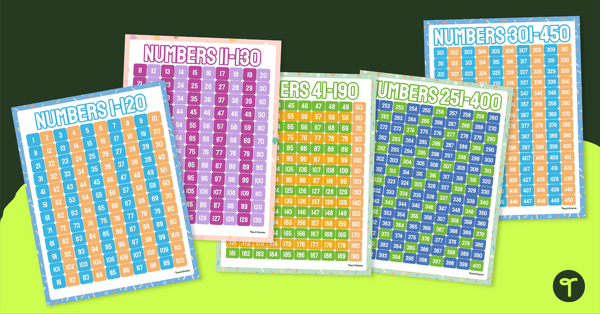
Charts of Odd and Even Numbers Up to 500
Encourage your students to identify odd and even numbers with this set of number charts up to 500.
- Plus Plan
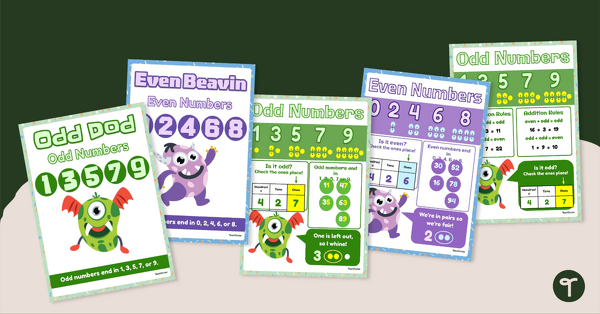
Odd and Even Numbers Poster Set
Help students memorise the rules for identifying odd and even numbers.
- Plus Plan
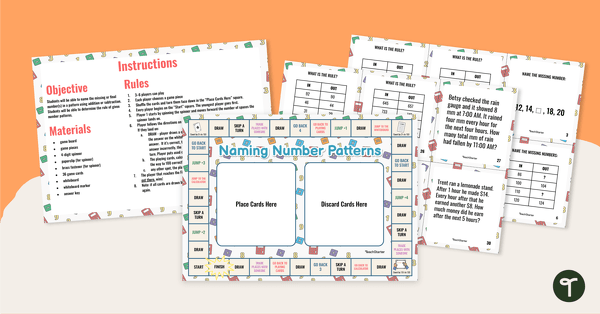
Naming Number Patterns Board Game
Play this number patterns board game which includes 36 question cards.
- Plus Plan
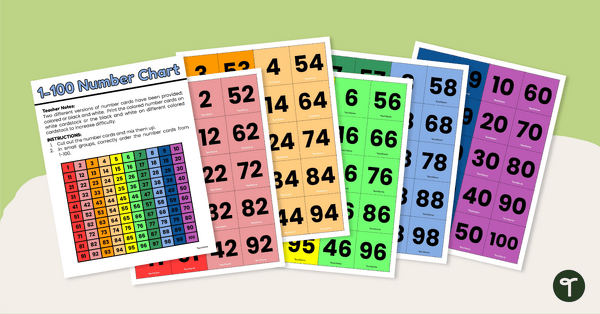
1-100 Number Chart - Sequencing Activity
Count by 1’s with your primary students by arranging number tiles 1-100.
- Plus Plan
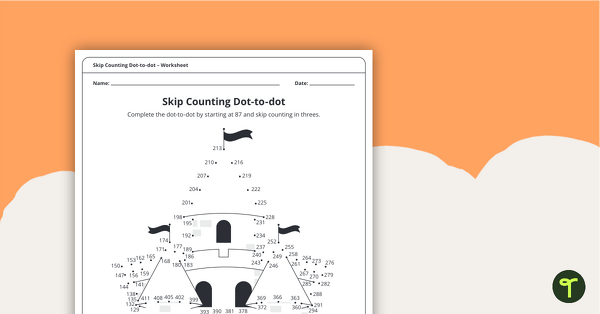
Complex Dot-to-dot – Skip Counting by Threes (Castle) – Worksheet
A complex dot-to-dot where students demonstrate skip counting by threes.
- Free Plan
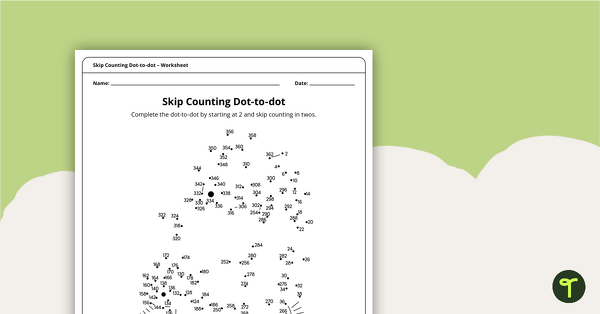
Complex Dot-to-dot – Skip Counting by Twos (Seahorses) – Worksheet
A complex dot-to-dot where students demonstrate skip counting by twos.
- Free Plan
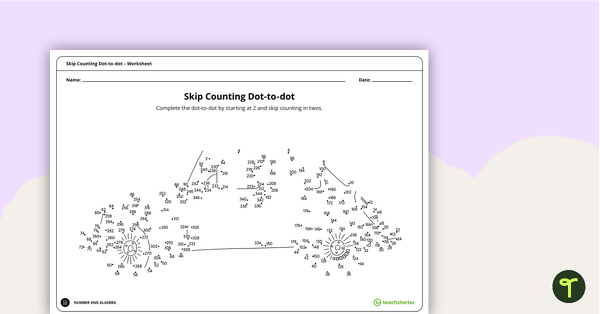
Complex Dot-to-dot – Skip Counting by Twos (Car) – Worksheet
A complex dot-to-dot where students demonstrate skip counting by twos.
- Free Plan
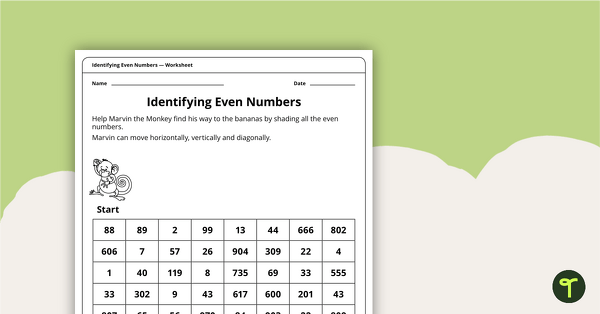
Identifying Even Numbers Worksheet
A fun activity to help your students to identify even numbers.
- Plus Plan
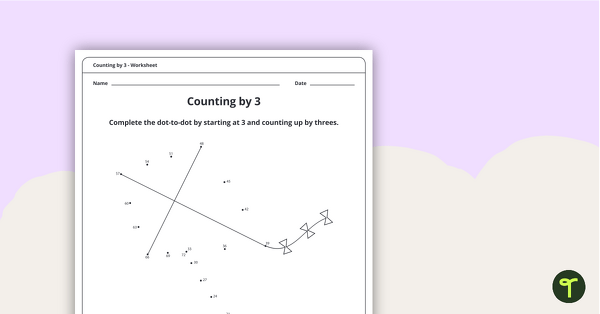
Dot-to-Dot Drawing - Numbers by 3 - Kite
Join the dots and numbers to make a picture.
- Plus Plan
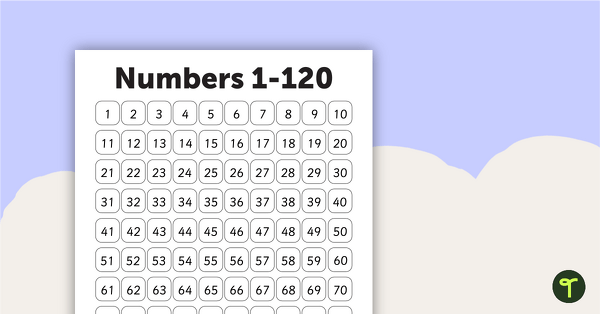
1–120 Number Board
A black and white chart with numbers 1–120 that can be used for a variety of activities.
- Plus Plan
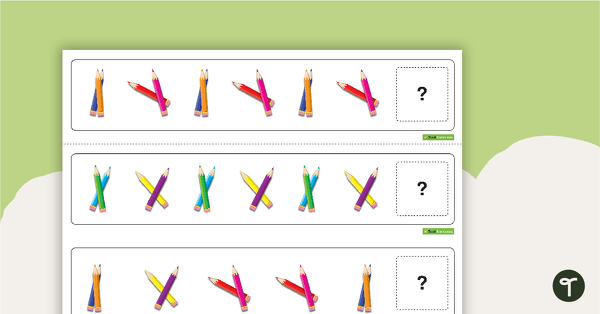
Pattern Activity Cards - Pencils
Pattern activities using coloured pencils.
- Plus Plan
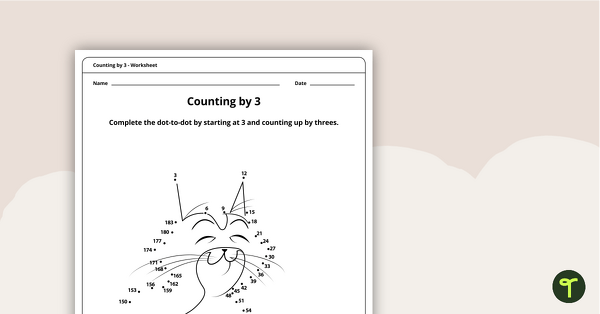
Dot-to-Dot Drawing - Numbers by 3 - Cat
Join the dots and numbers to make a picture.
- Plus Plan
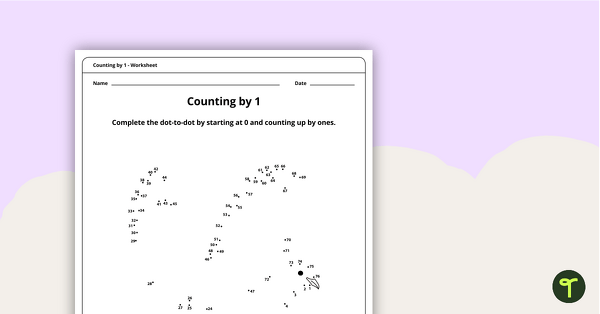
Dot-to-Dot Drawing - Numbers by 1 - Dove
Join the dots and numbers to make a picture.
- Plus Plan
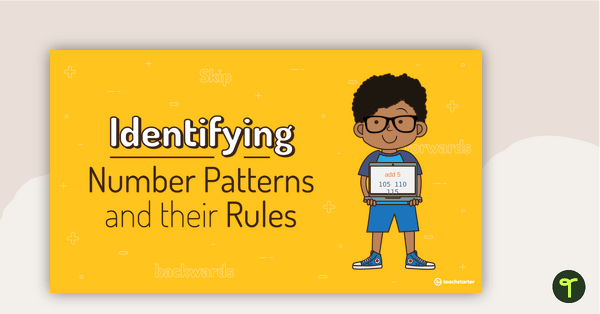
Identifying Number Patterns and their Rules PowerPoint
A 15 page editable PowerPoint to use in the classroom when introducing number pattern rules.
- Plus Plan

Number Sequencing to 1 000 - Worksheet
A place value worksheet to use when sequencing numbers to 1 000.
- Plus Plan
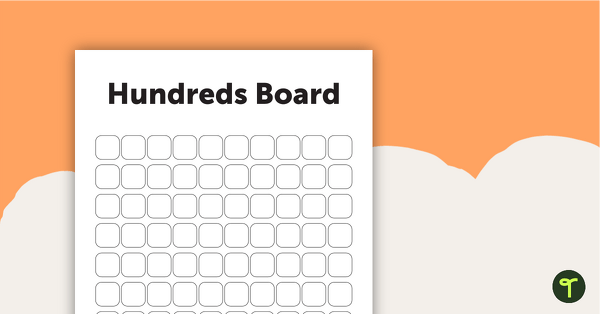
Hundreds Board – Blank
A blank black and white hundreds chart that can be used for a variety of activities.
- Plus Plan
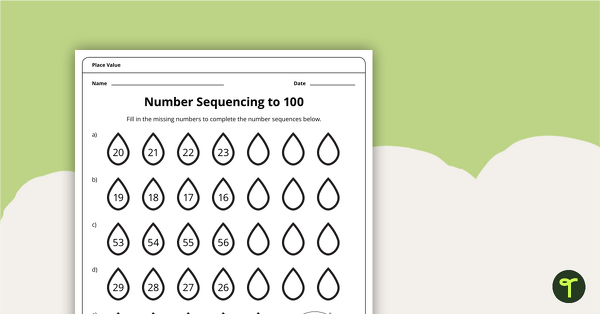
Number Sequencing to 100 - Worksheet
A raindrop themed place value worksheet to use when sequencing numbers to 100.
- Plus Plan
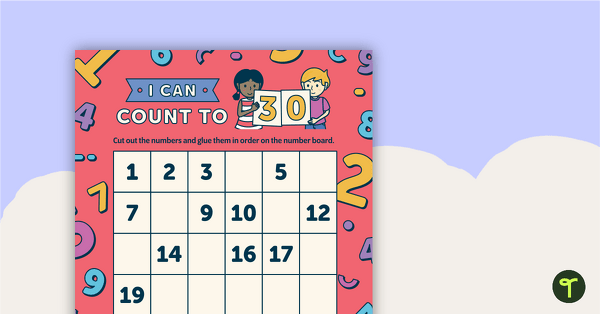
Counting to 30 Activity
Use this number activity to consolidate your students' knowledge of numbers 1-30.
- Plus Plan
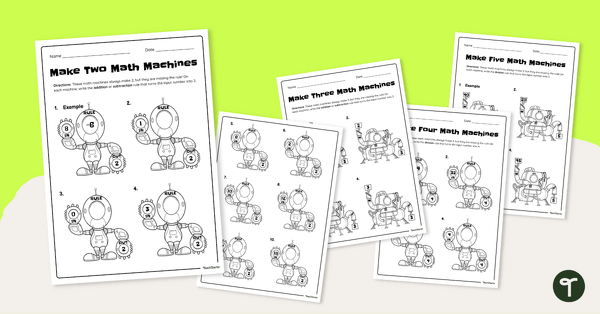
Input Output Machine Worksheet Set
Use this input output machine worksheet set to introduce your students to number patterns while giving them computational practice.
- Plus Plan
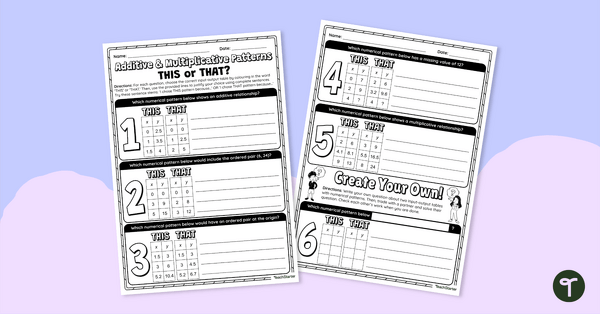
Additive and Multiplicative Patterns Worksheet
Analyse additive and multiplicative patterns in a fun ‘this’ or ‘that’ format that encourages students to reason logically and defend their answers.
- Plus Plan
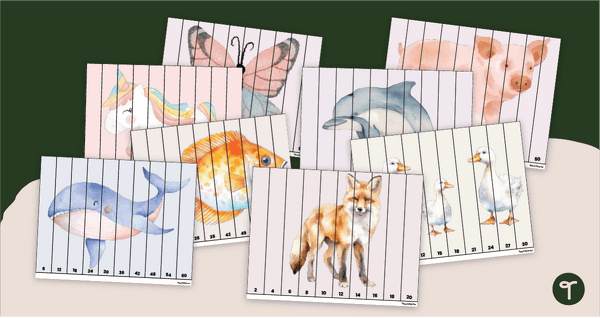
Skip Counting Puzzles
Practise skip counting and identifying multiples of numbers with printable skip counting puzzles for kids.
- Plus Plan
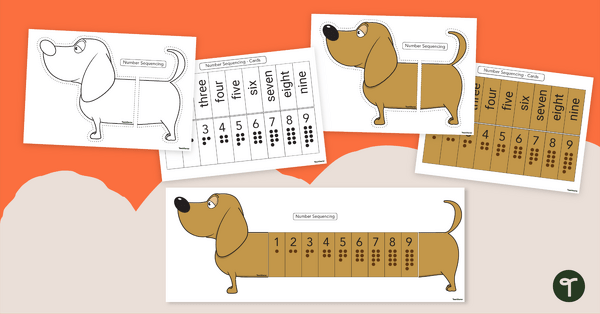
Sequencing Activities — Numbers 1-9 Sausage Dog
Use our sequencing activities like this sausage dog to help your students practise ordering the numbers 1 - 9.
- Plus Plan
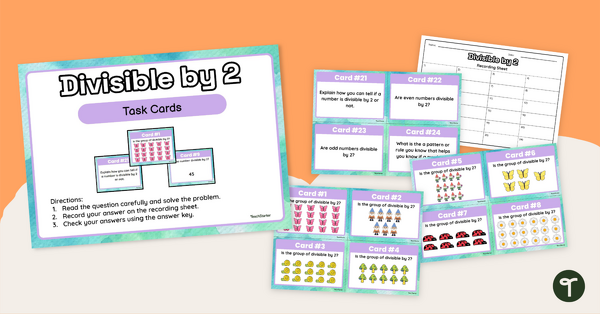
Divisible by 2 - Task Cards
Help your students practice determining if a number is divisible by 2 with this set of task cards.
- Number Patterns Worksheets
- Number Patterns Games
- Number Patterns Posters
- Number Patterns Templates
- Number Patterns for Preschool/Kindergarten
- Number Patterns for Foundation Year
- Number Patterns for Year 1
- Number Patterns for Year 2
- Number Patterns for Year 3
- Number Patterns for Year 4
- Number Patterns for Year 5
- Number Patterns for Year 6
- Number Patterns for Year 7